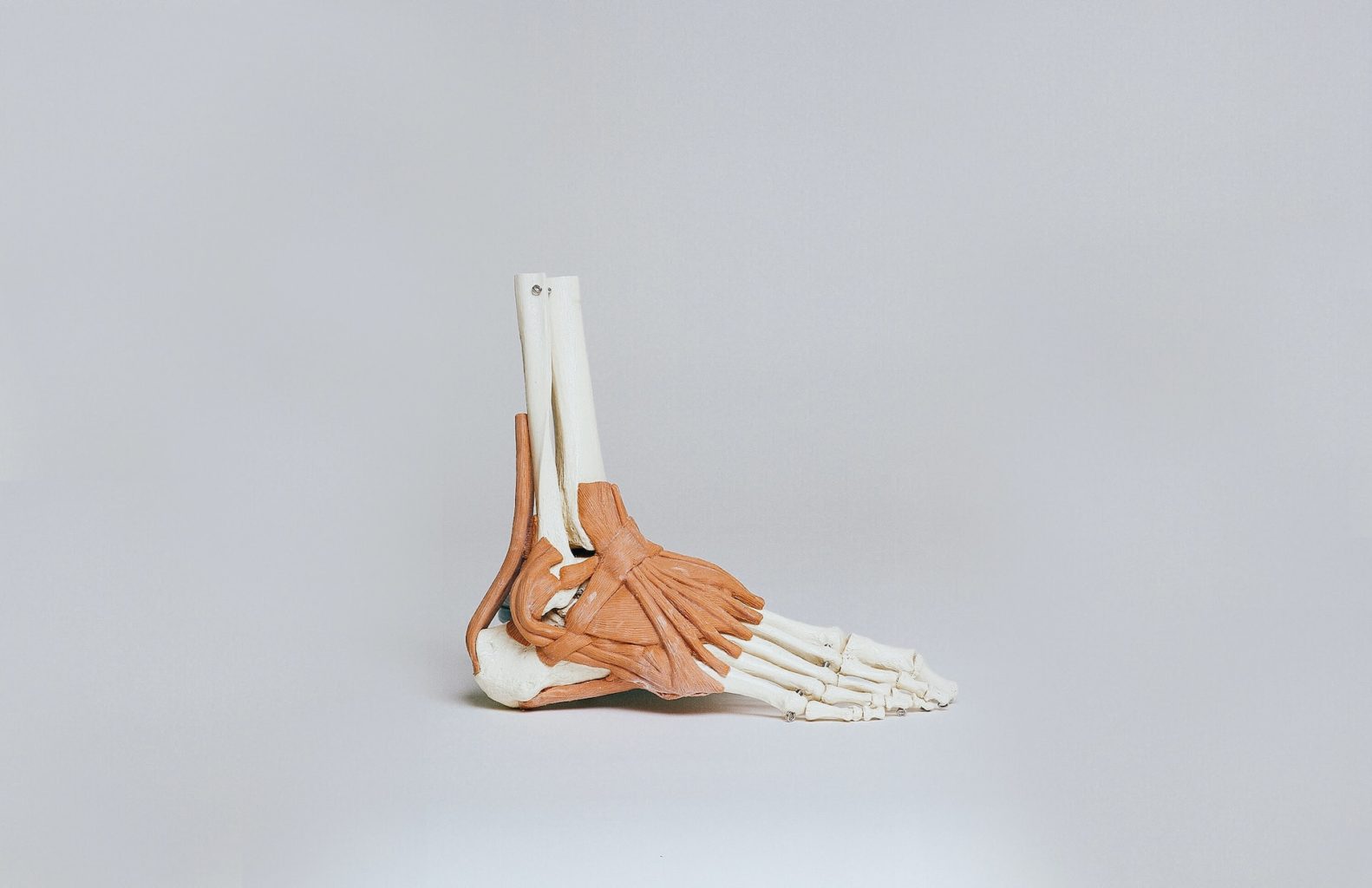Achilles tendonitis treatment

Achilles tendonitis, or Achilles tendinitis, is the result of overuse of the Achilles tendon. The condition can be very painful and may affect your ability to walk and run. In the world of sport, Achilles tendinitis is a common injury, especially in sports that involve a lot of running and jumping.
What causes Achilles tendonitis?
Heel inflammation usually occurs as an overuse injury. Most often, the injury occurs during activities such as running or jumping. If you increase the intensity or duration of these activities too quickly, it can put too much stress on the Achilles tendon. Achilles tendon ruptures or micro ruptures can occur, causing the tendon to thicken. Over time, blood vessels and nerve fibres can grow into the tendon (neurovascularization).
Why do you get Achilles tendonitis?
Factors contributing to heel inflammation include poor biomechanics (for example, flat feet or overpronation), incorrect training method, inappropriate footwear, age (risk increases with age) and medical conditions such as rheumatoid arthritis. It is common for health inflammation to occur during high-intensity unilateral exercise on hard surfaces
What are the symptoms of Achilles tendonitis?
Symptoms of heel inflammation include pain in the Achilles tendon or pain in the heel, but symptoms can vary depending on how long you have had the problem. There is a gradual progression of symptoms. The pain can be in different parts of the tendon but also its attachment to the heel bone. Heat, redness and swelling may also occur.
Different levels of Achilles tendonitis:
Level 1: Feels pain at the beginning of an activity that passes when the person is warmed up. There may be some soreness a couple of hours after activity.
Level 2: Feels pain at the beginning and after activity. The pain passes when the person is warmed up. The pain may be worse the next day.
Level 3. Feels pain during activity that impairs performance or stops the activity. Pain may also be felt when walking.
Level 4: The pain is chronic and persists at rest. Stiffness and pain in the morning is a common sign.
When and where should I seek treatment for Achilles tendonitis?
If your symptoms are severe and if they do not improve with self-care, you should seek medical help. If there is a typical “pop” sound and stabbing pain during activity, it may be a sign of a ruptured Achilles tendon. Seek medical attention immediately to assess the extent of the injury.
How is the treatment of Achilles tendonitis done?
At the FasciaClinics. we analyze the whole body to see where compensations and misalignments exist and how they have spread. Fascia treatment for health inflammation involves balancing the body to even out the load on the feet and Achilles tendons. More even loading thus reduces the risk of overexertion. The pelvis is corrected and the legs are balanced and relieved. The treatment is done both manually and mechanically with gentle vibrations. The vibration removes congestion in the fascia and starts its flow so that the cells can absorb substances more easily. This improves the body’s own ability to heal itself. The treatment does not hurt and is often experienced as very pleasant.
Achilles tendonitis – What can I do myself?
In addition to RICE (rest, ice, compression, elevation), you can also do the following to help relieve the symptoms of health inflammation:
Use an Achilles tendon protector to provide support and reduce strain.
Perform gentle stretching and circulation exercises to help keep the Achilles tendon flexible.
Self-massage can also be great for reducing pain and increasing circulation.
Achilles tendonitis exercises
There are several exercises that can help strengthen the Achilles tendon and promote healing. These can include Achilles tendon stretching, circulation and strengthening exercises.
Frequently asked questions and answers about Achilles tendonitis
What to do about an inflamed Achilles tendon?
In addition to RICE, stretching and fascia treatment can be very beneficial. If you experience very severe symptoms, medical attention is recommended.
How do you know if you have Achilles tendonitis?
Common symptoms include pain and swelling along the Achilles tendon.
Can the Achilles tendon rupture in Achilles tendonitis?
It is rare, but severe inflammation can weaken the Achilles tendon and increase the risk of an Achilles rupture.
Why do you get Achilles tendonitis?
Overloading is the most common cause, but factors such as poor biomechanics, incorrect training methods and unsuitable footwear can also contribute.
Can you walk with Achilles tendonitis?
It depends on the severity of the pain. Light to moderate walking may be okay, but you should avoid overloading the Achilles tendon.
How do you train a sore Achilles tendon?
With caution. It is important not to overload the Achilles tendon. Stretching and strengthening exercises can help.
 Search
Search































